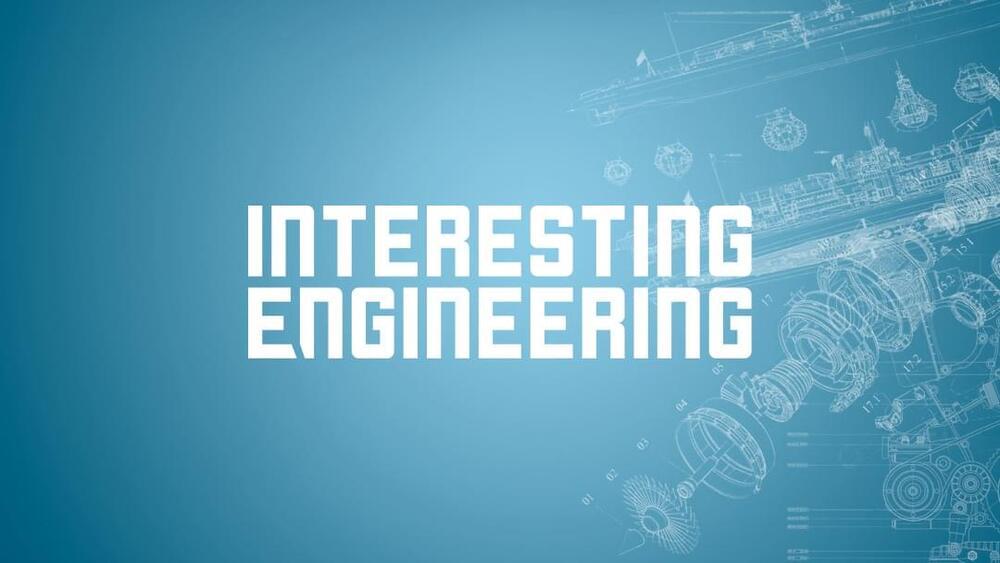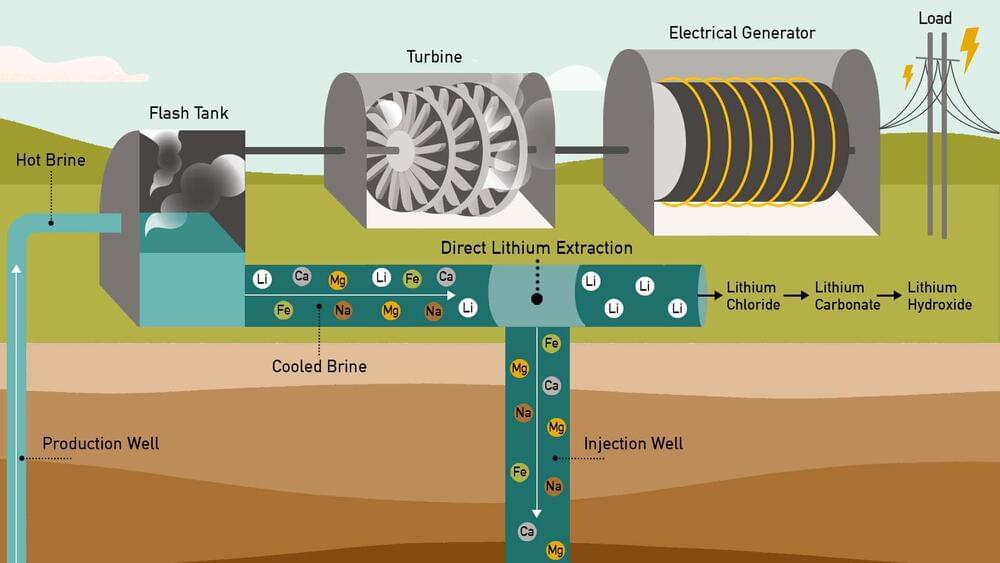For his work on liquid metal batteries that could enable the long-term storage of renewable energy, MIT Professor Donald Sadoway has won the 2022 European Inventor Award, in the category for Non-European Patent Office Countries.
Sadoway is a longtime supporter and friend of MIT’s Materials Research Laboratory and is the John F. Elliott Professor of Materials Chemistry in MIT’s Department of Materials Science and Engineering.
“By enabling the large-scale storage of renewable energy, Donald Sadoway’s invention is a huge step towards the deployment of carbon-free electricity generation,” says António Campinos, President of the European Patent Office. “He has spent his career studying electrochemistry and has transformed this expertise into an invention that represents a huge step forward in the transition to green energy.”






